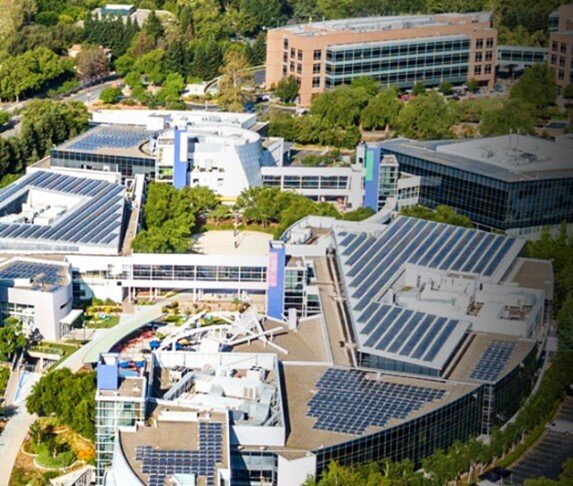Microgrid Solution In-A-Box
Source: Pratap Revuru · SCHNEIDER ELECTRIC · | September 28, 2020
The world of energy is undergoing a massive transformation. Energy has historically been centralized coming from traditional energy sources and being distributed through one-way electrical grids. The new world of energy will have decentralized generation, the addition of intermittent renewable sources (i.e. solar, wind) and a two-way flow of decarbonized energy. These new energy sources will come with an increasing engagement from demand-side consumers.
The new grid will be considerably more digitized. It will be more flexible, dynamic, and connected. There will be increased requirements for energy performance in a world where electricity takes a higher share of the full energy mix. At Schneider Electric, we consider access to energy as a basic human right. We work towards achieving universal energy access by ensuring access to affordable, reliable, sustainable and modern energy for all.
The rise of distributed energy resources (DER) is increasing the grid complexity, evolving the industry from a traditional value chain to an interconnected digital business model. Retail customers are requiring that their energy choices are safe, reliable and green and include efficiency information with digital technology.
The grid is transforming with variable generation and unpredictable EV load. With this new energy transformation and renewable integration, microgrid operation is becoming a key player in the “new distributed generation”. According to one industry source, world energy consumption will rise by nearly 50% between 2018 and 2050. Buildings account for about 30% of final energy use and more than 55% of global electricity consumption. While we are trying to supply the increasing energy demand, we recognize that buildings, with a share of 28%, are a major contributor to global energy-related CO2 levels.
Electrical Energy transformation:
Canadian industries and small/medium businesses want to maximize their energy independence and minimize their carbon footprint. Canada is focused on clean energy and striving to have 90% of their electricity come from non-emitting sources by 2030. In Canada an energy transformation is happening. We can observe this change through four drivers (we can say 4 E’s).
Environment:
In recent news, the Canadian government will be bringing forward a plan to exceed Canada’s 2030 climate goal. The government will also like to legislate Canada’s goal of net-zero emissions by 2050. As part of its plan, the government will:
Create thousands of jobs retrofitting homes and buildings, cutting energy costs for Canadian families and businesses
Invest in reducing the impact of climate-related disasters, like floods and wildfires, to make communities safer and more resilient
Help deliver more transit and active transit options
Make zero-emission vehicles more affordable while investing in more charging stations across the country.
Remote Communities in Canada located primarily in the North do not have Microgrid systems. Approximately 292 Remote Communities use diesel to generate electricity. That would amount to approximately 90 Million Lit diesel consumption in those communities. These communities provide a great opportunity for emission reduction.

